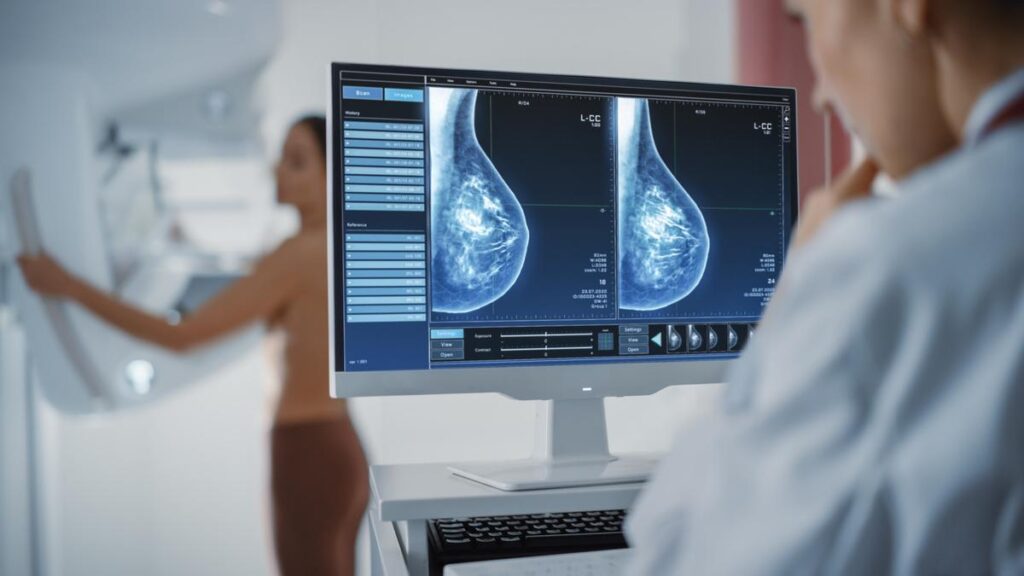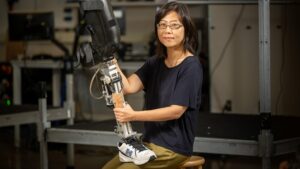
Computer Screen in Hospital Radiology Room: Beautiful Multiethnic Adult Woman Standing Topless Undergoing Mammography Screening Procedure. Screen Showing the Mammogram Scans of Dense Breast Tissues.
UPDATE: New data reveals that only 50% of eligible women in West Australia are taking advantage of free breast cancer screenings, raising urgent concerns about early detection efforts. The 2025 BreastScreen Australia monitoring report shows that of the 193,000 West Australian women eligible for cost-free mammograms in 2022-23, only half participated in the screening program.
These screening rates have stagnated since 2021-22, despite an increase from the 48% participation seen during the height of the COVID-19 pandemic in 2020-2021. This lack of engagement is alarming, as breast cancer remains the most common cancer among women in Australia, with 11,540 new cases diagnosed in women aged 50–74 in 2021. Notably, 49% of these cases were detected through the BreastScreen Australia program.
Officials emphasize the critical importance of early detection. Moira Hewitt, spokeswoman for the Australian Institute of Health and Welfare, stated, “Breast cancer screening is important because it helps to detect breast cancer early, especially when women have no symptoms and the cancer is unsuspected.” This early detection can lead to timely treatment, significantly improving survival rates.
Since the program’s initiation in 1991, breast cancer mortality rates have halved, dropping from 74 to 37 deaths per 100,000 women in Australia. “This decrease reflects the benefits of early detection and advancements in treatment,” Ms. Hewitt added.
The call for increased participation in breast cancer screening is urgent. Authorities urge women over 40 to take action now. BreastScreen Australia offers free mammograms every two years, specifically targeting women aged 50 to 74.
As the statistics show, the stakes are high, and continued uptake of breast screening could be life-saving. The community is encouraged to spread the word and ensure that all eligible women are aware of their options.
What to Watch For: Health officials are expected to launch new initiatives aimed at boosting participation rates in the coming months. Community outreach programs and awareness campaigns are likely to follow as part of efforts to address this pressing health issue.
Stay tuned for more updates on this developing story.







